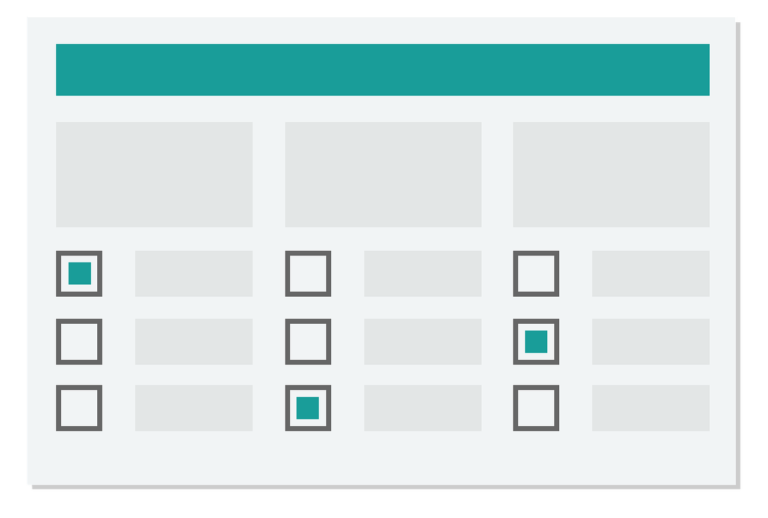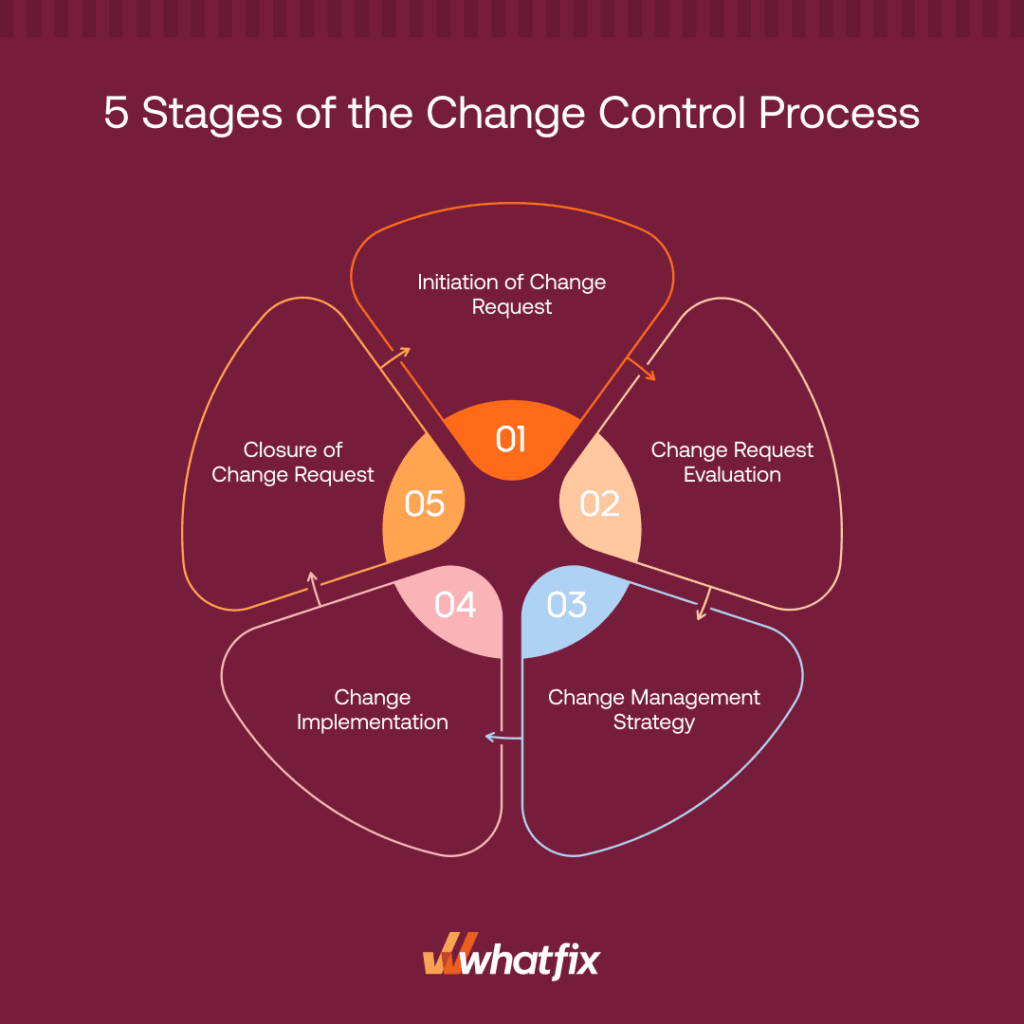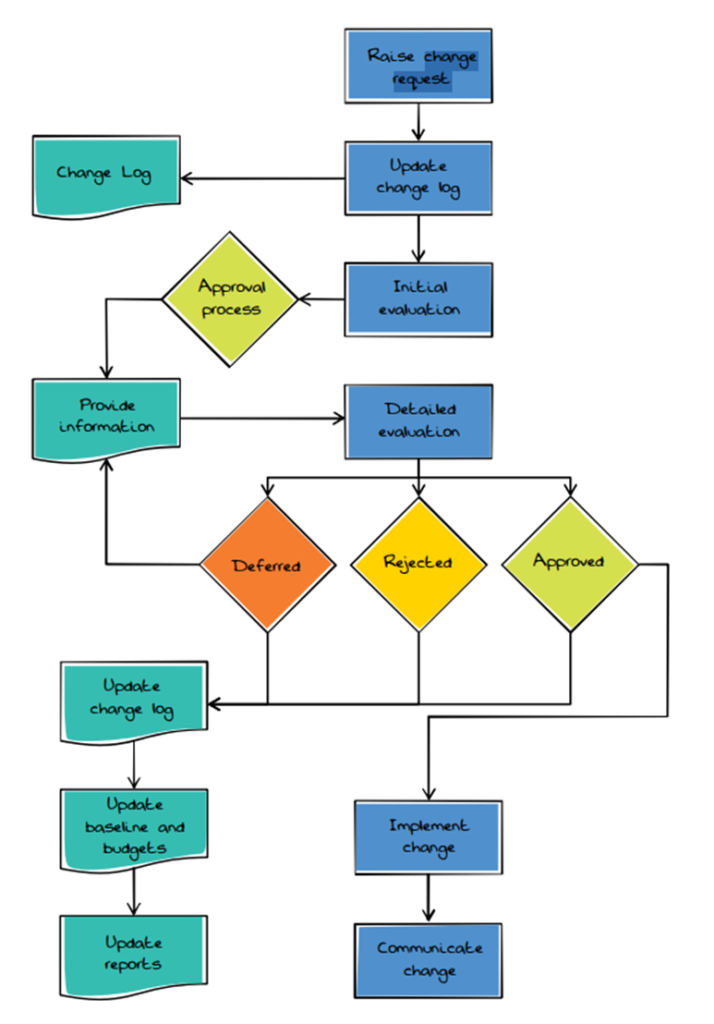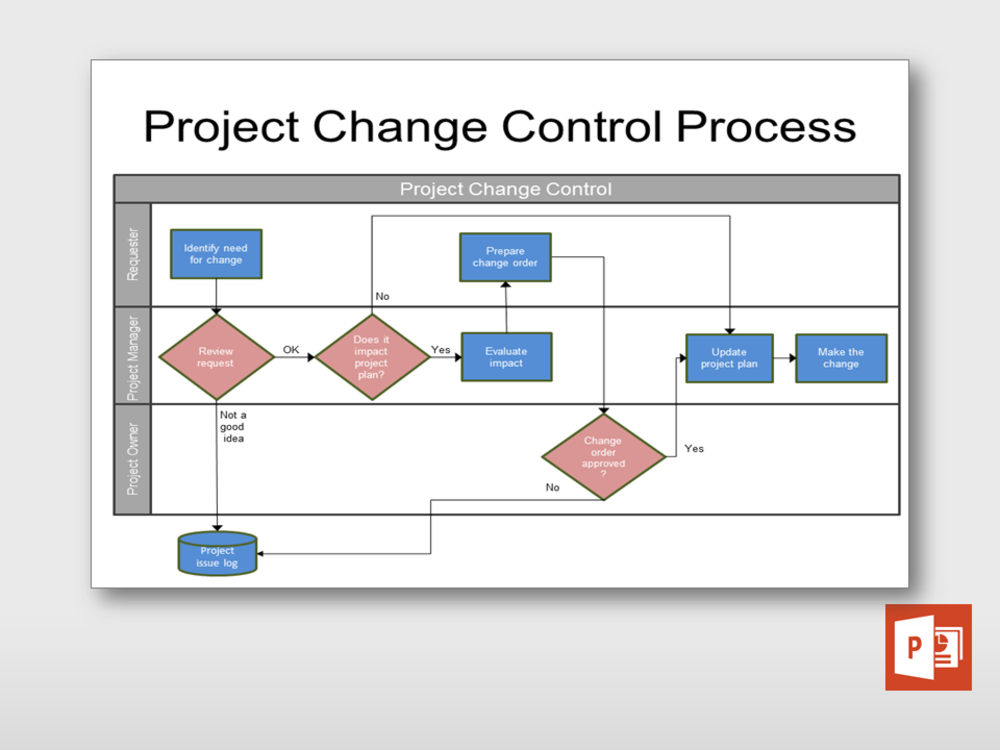
Project Change Control Process
Project Change Control Process
In this article, you will gain a comprehensive understanding of the project change control process. If you are interested in project management, programme management, or Agile methodologies, then this informative piece is for you. We will explore the importance of project change control and how it ensures successful project delivery. By the end, you will have a clear understanding of what a project change control process is and how it can benefit your projects. So, let’s dive in and unravel the mysteries of this crucial aspect of project management!
Speak to MCTC today about our consultancy advice and training packages.
Understanding the Project Change Control Process

What is a project change control process?
A project change control process refers to the formal procedure that is implemented to manage any changes that occur during the course of a project. It is a structured approach that helps ensure that all changes are properly evaluated, implemented, and documented. These changes can include modifications to project scope, schedule, budget, or any other aspects that may affect the project’s objectives and deliverables.
The project change control process typically involves the identification of changes, the evaluation of their impact, the decision-making process to approve or deny the changes, and the implementation and monitoring of approved changes. It provides a systematic way to manage and control project changes, preventing unauthorized modifications that may lead to scope creep or other negative consequences.
The importance of the project change control process
The project change control process is crucial for the successful completion of any project. Without proper control over changes, a project can become chaotic and unmanageable. It helps maintain the project’s focus and ensures that all changes are aligned with the project’s objectives and priorities.
By having a well-defined change control process in place, stakeholders can have confidence that changes will be thoroughly evaluated, and their impacts on the project will be properly assessed. This helps to avoid unnecessary disruptions, rework, budget overruns, and delays.
Furthermore, the project change control process promotes transparency and accountability, as all changes require documentation and approval from relevant stakeholders. This ensures that project decisions are made based on reliable information, and that everyone involved understands the implications of any proposed changes.
Key stakeholders in the project change control process
Various stakeholders play key roles in the project change control process. These stakeholders can include:
- Project Sponsor: The project sponsor is responsible for initiating the project and providing the necessary resources. They have the authority to establish change control policies and make final decisions on major changes.
- Project Manager: The project manager oversees the entire project and is responsible for managing changes. They facilitate the change control process, assess the impact of changes, and ensure that appropriate actions are taken to address them.
- Project Team: The project team members are responsible for executing project tasks and may be affected by changes. They provide input on the impact and feasibility of proposed changes and implement approved changes in their respective areas.
- Change Control Board: The Change Control Board (CCB) consists of key stakeholders, including the project sponsor, project manager, and other relevant individuals. They review change requests, assess their impacts, and make decisions regarding the approval or denial of changes.
The role of the project manager in the change control process
The project manager plays a critical role in the project change control process. They are responsible for facilitating the entire process, ensuring that proper procedures are followed, and maintaining effective communication among stakeholders.
Firstly, the project manager is involved in the identification of changes. They encourage stakeholders to report any changes that may arise during the project’s execution and ensure that all change requests are appropriately documented.
Secondly, the project manager evaluates and assesses the impact of proposed changes. They consider factors such as the project’s objectives, timeline, budget, and potential risks to determine whether a change is viable and aligned with the project’s goals.
After the evaluation, the project manager presents the change requests to the Change Control Board (CCB) for review. They provide comprehensive information on the proposed changes, their impacts, and any alternatives that may exist. The project manager serves as a liaison between the CCB and other stakeholders, facilitating discussions and clarifying any concerns.
Once the changes are approved or denied, the project manager is responsible for implementing the approved changes. They coordinate with the project team members, ensuring that tasks are adjusted accordingly, and monitor the progress of the implemented changes.
The process of initiating a change request
The process of initiating a change request begins when a stakeholder identifies a need for a change. This could be due to various reasons, such as changes in market conditions, technology advancements, or new requirements.
To initiate a change request, the stakeholder must document the details of the proposed change. This includes a description of the change, the rationale behind it, and any potential impacts it may have on the project’s objectives, schedule, and budget.
The change request is then submitted to the project manager, who reviews and assesses its feasibility and impacts. The project manager may consult other stakeholders and subject matter experts to gather additional information and insights.
Reviewing and assessing change requests
Once the change request is received, the project manager initiates the process of reviewing and assessing it. This involves evaluating the proposed change’s impacts on various aspects of the project, such as scope, schedule, resources, risks, and budget.
During the review process, the project manager considers the project’s overall objectives and priorities. They assess the potential benefits and risks associated with the change and determine whether it aligns with the project’s strategic goals.
The project manager may also evaluate the feasibility of implementing the change within the project’s constraints, including time and resource limitations. They may consult with relevant stakeholders, such as subject matter experts or the Change Control Board, to gather additional perspectives and insights.

Approving or denying change requests
After the review and assessment of the change request, a decision is made regarding its approval or denial. This decision is typically made by the Change Control Board (CCB) or the project sponsor, depending on the project’s governance structure.
When approving a change request, the CCB or project sponsor considers various factors, including the potential benefits, risks, impacts on the overall project, and alignment with the project’s objectives. They also take into account any alternatives or mitigations that have been proposed.
If a change request is denied, the requester is informed of the reasons for denial and any alternatives or recommendations that may exist. It is important to communicate the decision clearly and transparently to maintain trust and collaboration among stakeholders.
Implementing approved changes
Once a change request is approved, the project manager is responsible for implementing the approved changes. They coordinate with the project team members, ensuring that any necessary adjustments are made to project tasks, timelines, and resource allocations.
The implementation process involves communicating the approved changes to all relevant stakeholders. This ensures that everyone is aware of the changes and their impacts on their respective areas of responsibility. It is crucial to maintain effective communication channels to avoid confusion and misunderstandings during the implementation phase.
The project manager monitors the progress of the implemented changes, ensuring that they are carried out as planned and that any issues or risks are addressed promptly. They may also conduct regular status updates and performance evaluations to assess the effectiveness of the implemented changes.

Monitoring and controlling changes
The project change control process does not end with the implementation of approved changes. It is essential to monitor and control changes throughout the project’s lifecycle to ensure that they continue to align with the project’s goals and objectives.
The project manager establishes mechanisms to monitor the impacts of implemented changes. This includes tracking key performance indicators, conducting regular progress reviews, and collecting feedback from stakeholders regarding the effectiveness of the changes.
If any issues arise or deviations from the planned outcomes occur, the project manager takes appropriate actions to control the changes. This may involve adjusting project plans, reallocating resources, or revisiting the change request process to address any unexpected challenges or risks.
Documenting and communicating changes
Documenting and communicating changes is a crucial aspect of the project change control process. Proper documentation ensures that all changes are recorded and can be referenced in the future. It provides a historical record of the project’s evolution and assists in assessing the impacts and effectiveness of implemented changes.
The project manager is responsible for maintaining a change log, which captures details such as the description of the change, the rationale behind it, who initiated the change request, the decision made, and any actions taken. This log serves as a central repository of all changes and provides transparency and accountability throughout the project.
In addition to documentation, effective communication is key in the change control process. The project manager facilitates communication among stakeholders, ensuring that all relevant parties are informed about proposed changes, their impacts, and the decisions made. This promotes collaboration, reduces misunderstandings, and fosters a sense of ownership and accountability among stakeholders.
In conclusion, understanding the project change control process is essential for successful project management. It provides a structured approach to managing changes, ensuring that they are properly evaluated, implemented, and documented. By involving key stakeholders and following a systematic process, project managers can effectively control changes and maintain the project’s focus and objectives.

